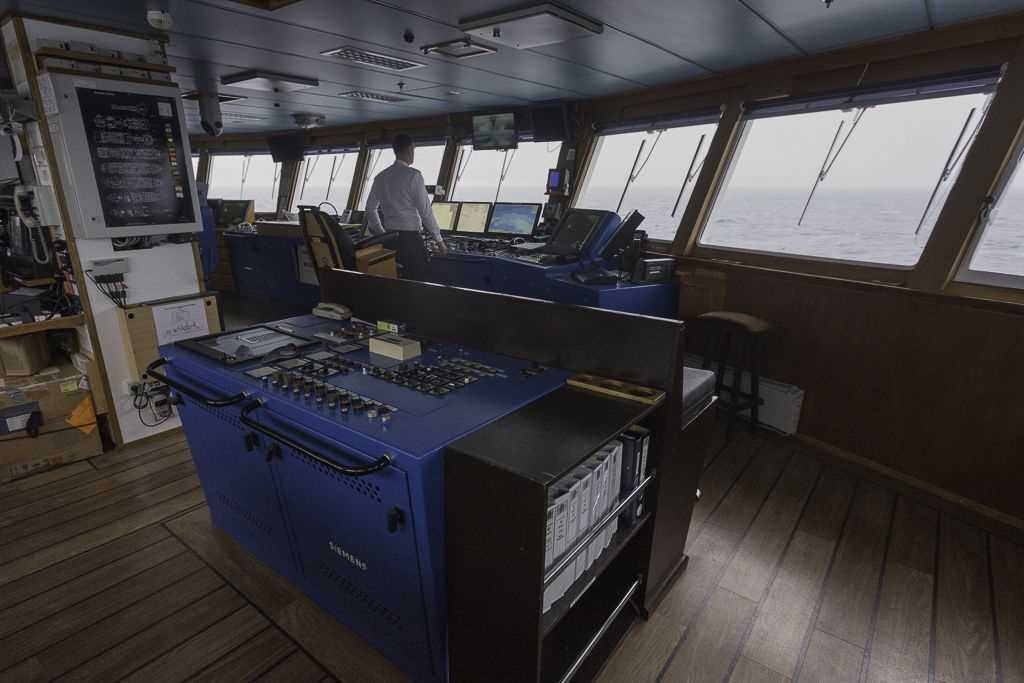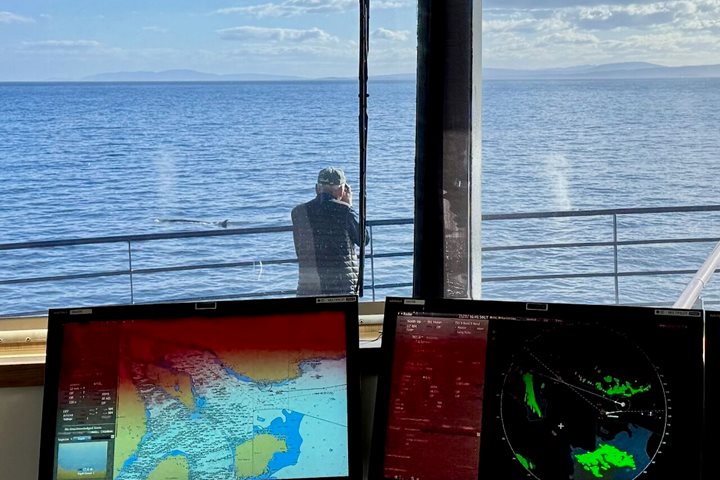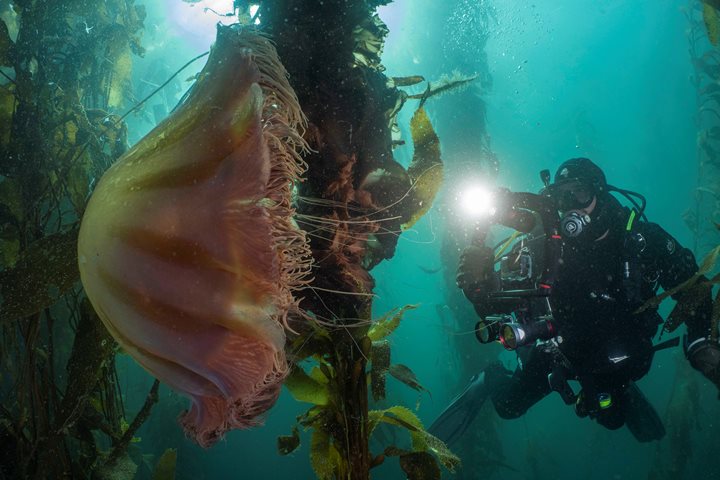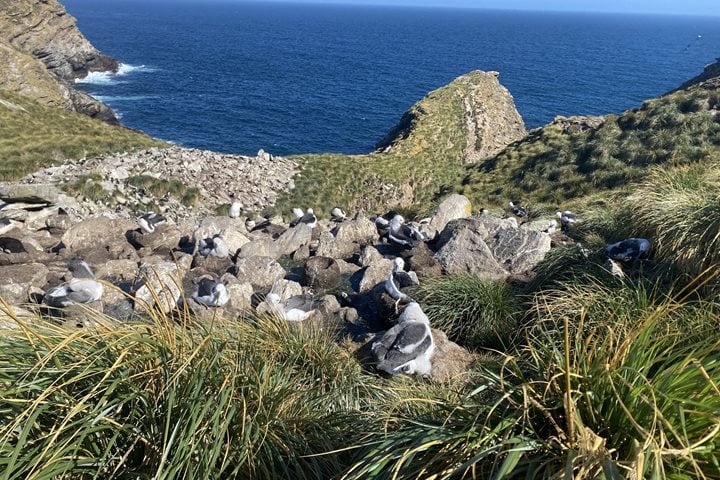After our busy days in the Falkland Islands, a day at sea gives us a chance to sleep in a bit, work on our photos, enjoy several presentations from the staff, and prepare for the adventures ahead. The highlights of the day included the delicious Mexican lunch and a talk from our global perspectives guest speaker, Greg Marshall, on his pioneering work investigating the hidden secrets of animals’ lives with his invention: the Critter Cam.
Call +1.800.397.3348 or contact your travel advisor







